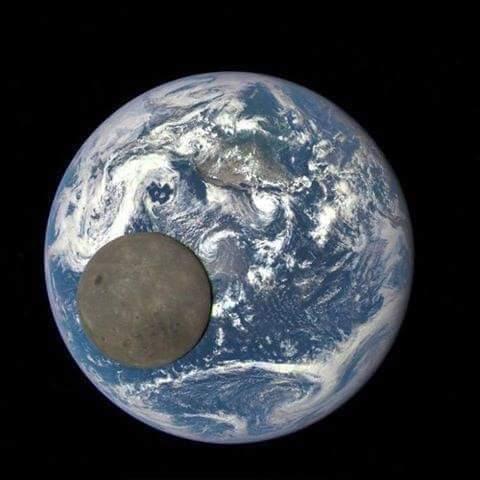The moon passed between Nasa's Deep Space Climate Observatory and the Earth, allowing the satellite to capture this rare image of the moon's far side in full sunlight. We normally don't see this side of the moon. As the moon is tidally locked to the earth and doesn't rotate, we only ever see the one face from the earth. Photo: NASA (2015)
The moon passed between Nasa's Deep Space Climate Observatory and the Earth, allowing the satellite to capture this rare image of the moon's far side in full sunlight. We normally don't see this side of the moon. As the moon is tidally locked to the earth and doesn't rotate, we only ever see the one face from the earth. Photo: NASA (2015)



 Change Language
Change Language